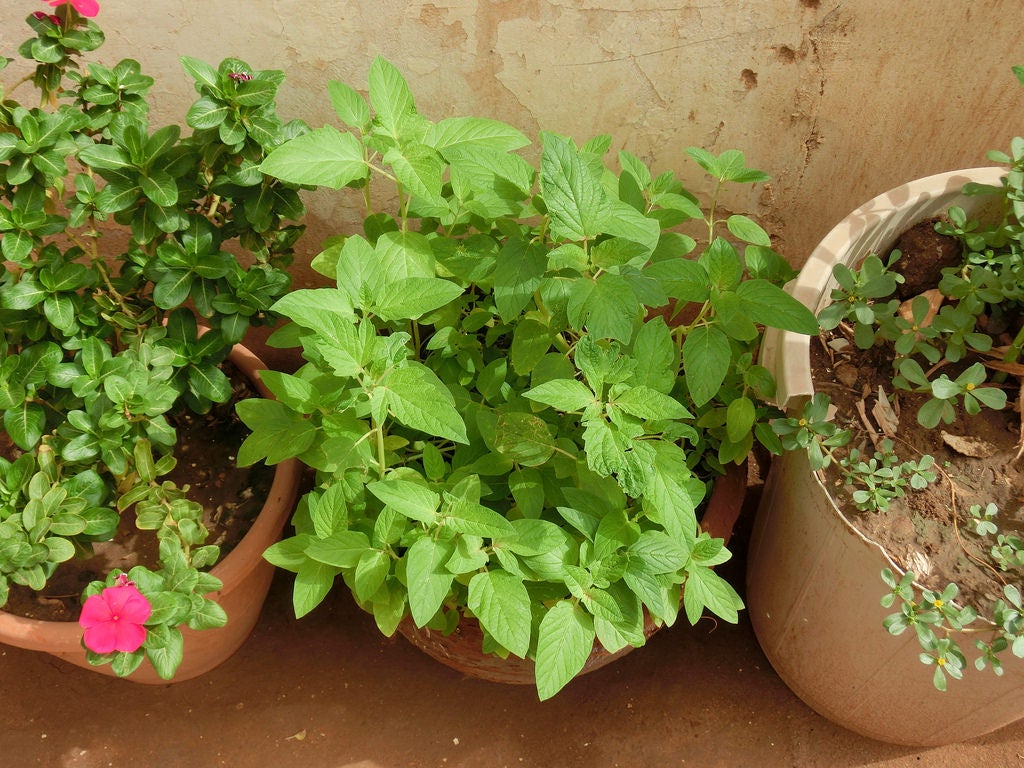Container Grown Sesame – Learn About Growing Sesame In A Container


Sesame in pots grown on your patio or balcony will not give you a huge harvest of seeds, but it’s still worthwhile. You can get about 70 seeds per pod and multiple pods on one small plant. And, of course, this is a pretty plant too, with luscious, green foliage and delicate, white flowers. Read on for more info about potted sesame plants.
Can You Grow Sesame in Containers?
Yes, you can absolutely grow sesame in a container or pot. It is generally grown on a bigger, agricultural scale for oil, but sesame plants will take to a container as well and can be cultivated on a much smaller scale.
Sesame is native to warm climates, so start your seeds indoors and don’t move containers outside until it is well into the 70s during the day (21 degrees Celsius and up).
Growing Sesame in a Container
To grow potted sesame plants, start seeds in warm, moist soil. If they don’t germinate, it may be too cool. Once your seeds have sprouted and you have seedlings, thin them so that they are spaced at least six inches (15 cm.) apart.
Settle your container in a spot with full, direct sunlight. No fertilizer is necessary if you use rich, fertile potting soil. Water the plants as the soil dries out, about once a week. Sesame is pretty drought tolerant, but the plants will dry more quickly in a container than in the ground.
Within about a month of having seedlings, you should get nice tall plants with pretty, white bell-shaped flowers. Expect your sesame plants to grow as tall as six feet (2 m.). The stalks are sturdy, so they should not need support.
Harvesting Container Grown Sesame Seeds
Harvesting the seeds can be a bit of a chore, so enlist some helpers. The seed pods will be ready to be picked in the fall but before the first frost. Look for them to change from fuzzy and green to dry and brown, but don’t let them go too long or they will quickly turn rancid on the plant.
Sign up for the Gardening Know How newsletter today and receive a free copy of our e-book "How to Grow Delicious Tomatoes".
The pods will start to split on their own, making opening them easy. The hard part is picking out all the tiny seeds, which you can only do by hand. With the seeds free, spread them out on a paper towel to dry. When completely dry, store the seeds in an airtight container as you would any spice.

Mary Ellen Ellis has been gardening for over 20 years. With degrees in Chemistry and Biology, Mary Ellen's specialties are flowers, native plants, and herbs.